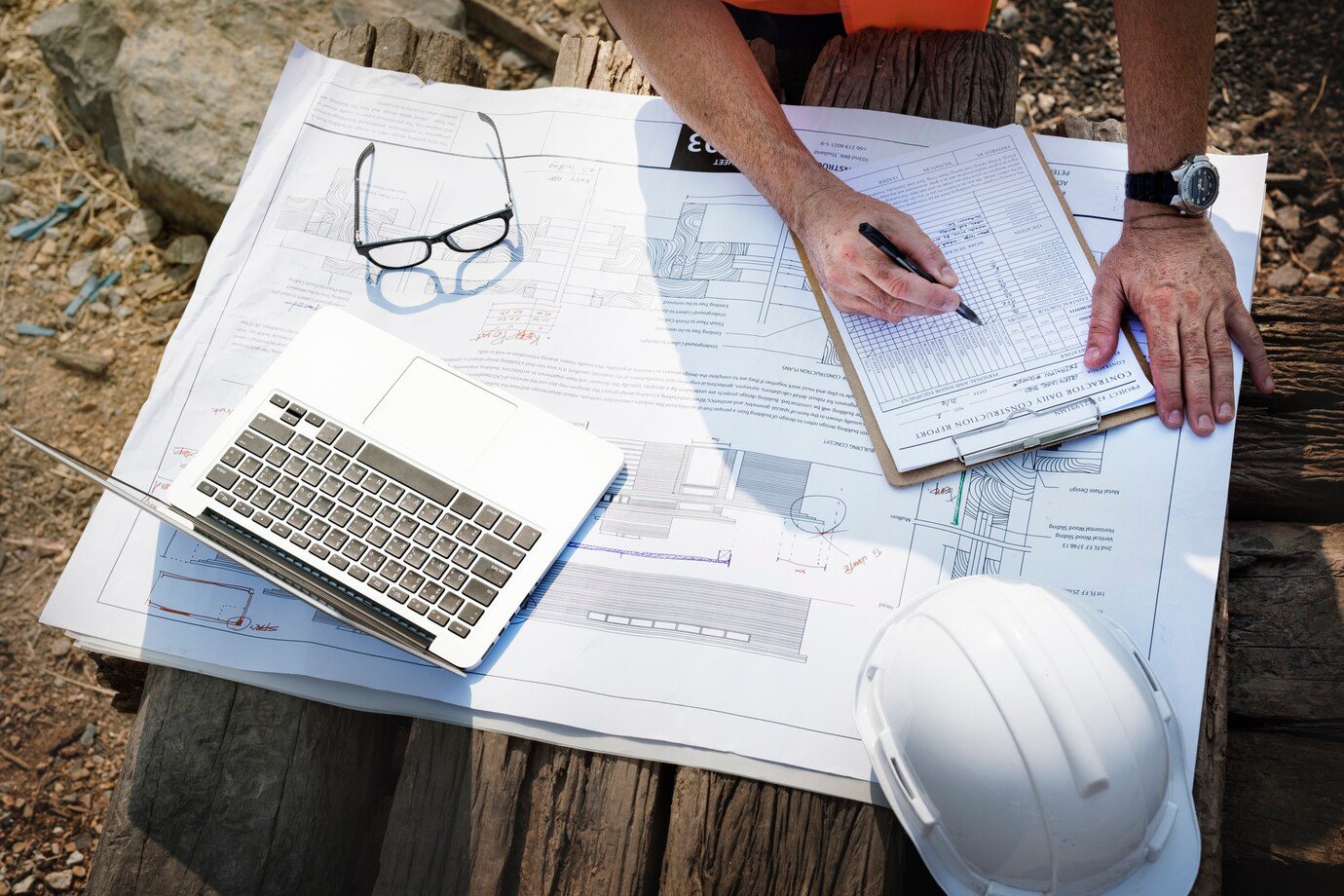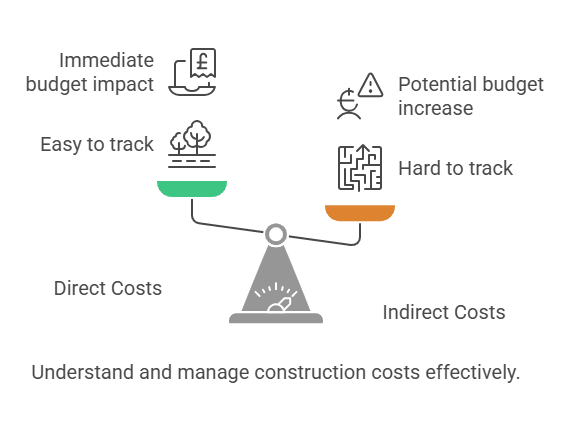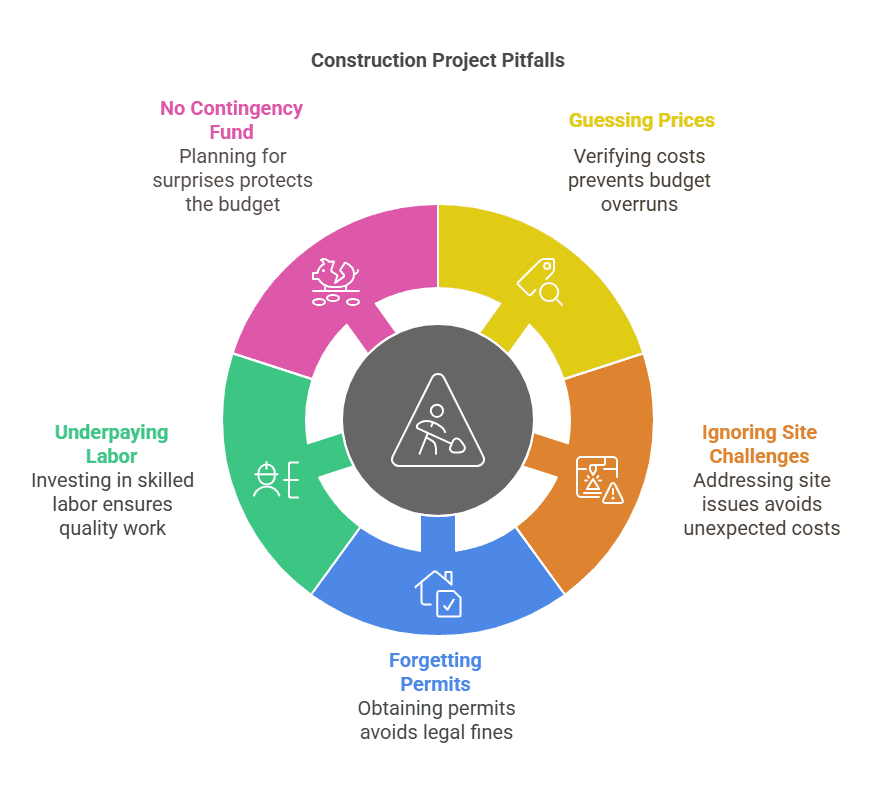Ranked #1 in Accurate and Reliable Estimation Services
A Fastest Turnaround 24 Hours!
Ranked #1 in Accurate and Reliable Estimation Services
A Fastest Turnaround 24 Hours!
Ranked #1 in Accurate and Reliable Estimation Services
A Fastest Turnaround 24 Hours!
Ranked #1 in Accurate and Reliable Estimation Services
A Fastest Turnaround 24 Hours!

Failure to estimate construction costs accurately can put your project behind schedule and over budget. Whether you are a homeowner planning your first renovation or a contractor working on a commercial build, this guide will take you step by step through the process. By the end, you’ll be able to estimate costs accurately, avoid overspending, and most importantly, work confidently. Let’s get started!
Construction projects are full of surprises, but your budget doesn’t have to be. A precise estimate helps you avoid overspending, secure funding, and build trust with clients or stakeholders. For example, underestimating material costs by even 10% could force you to cut corners or delay timelines. Accurate estimates also make it easier to compare contractor bids and negotiate fair prices. If you’re new to this, don’t worry—this guide breaks everything down into bite-sized steps.
Every project has direct costs (expenses tied to the build) and indirect costs (hidden or overhead expenses).
Direct Costs include materials like lumber, concrete, and fixtures, as well as labor wages and equipment rentals. These are easy to track because they’re directly linked to the work.
Indirect Costs are trickier. They cover permits, insurance, administrative fees, and temporary utilities. Beginners often forget these, but they can add 10–20% to your total budget.
Pro Tip: Always list indirect costs separately to avoid surprises later.

Start with a clear plan. You’ll need blueprints, a list of materials, labor requirements, and site details (like soil type or accessibility). For example, building a garage requires different materials than renovating a kitchen. Use apps like Buildertrend or Procore to organize your data. If you’re unsure about site conditions, hire a professional for a pre-construction inspection.
Divide your estimate into sections like materials, labor, equipment, permits, and contingencies. This makes it easier to spot errors. For instance, if you’re building a deck, calculate the cost of wood, screws, and concrete separately. Then, add labor hours for framing, staining, and installing railings. Tools like Excel or free templates from Smartsheet can help you organize these numbers.
The formula below gives you a ballpark total:
Total Cost = Materials + Labor + Equipment + Permits + Contingency
Let’s break this down with an example:
Total:
25k+15k + 5k+2k + 7k=54,000
Adjust the contingency percentage based on project complexity. A simple remodel might need 10%, while a custom home could require 20%.
Prices vary by location and season. For example, lumber costs might spike after a storm, or labor rates could be higher in urban areas. Check local supplier websites, call contractors for quotes, or use tools like RSMeans for up-to-date pricing. Always get at least three quotes to compare.
Pro Tip: Ask suppliers about bulk discounts for large orders.
Labor is often the most expensive part of a project. To estimate it:
For example:
Don’t forget to factor in breaks, overtime, and worker experience. A skilled crew might cost more but finish faster.
Will you rent a cement mixer or buy one? Equipment costs include rentals, fuel, maintenance, and operator fees. For small projects, renting is cheaper. For long-term work, buying might save money. Check sites like BigRentz for rental rates in your area.
Permits ensure your project meets safety codes. Common ones include building permits, electrical inspections, and zoning approvals. Costs vary by city—for example, a building permit in Houston averages
1,200, while in Los Angeles, it’s closer to 2,500. Visit your city’s website or call the planning department for exact figures.
Even the best plans face surprises. Allocate 10–20% of your budget for:
Example: A 50,000 project needs a 7,500 contingency (15%).
Software like ProEst or PlanSwift automates calculations and updates prices in real time. For beginners, free tools like Google Sheets or Excel templates work too. These tools also help you create professional estimates to share with clients.
Double-check every number. Compare your estimate to similar projects online, and ask a colleague to review it. Prices change often—update your estimate monthly if the project is delayed.

Accurate cost estimation takes practice, but these steps will set you on the right path. Start small, use reliable tools, and don’t hesitate to ask for help. For complex projects, consider hiring professionals like our Construction Cost Estimation Services team. We’ll ensure your numbers are spot-on, so you can focus on building.
1 Comment
Richard712
Awesome